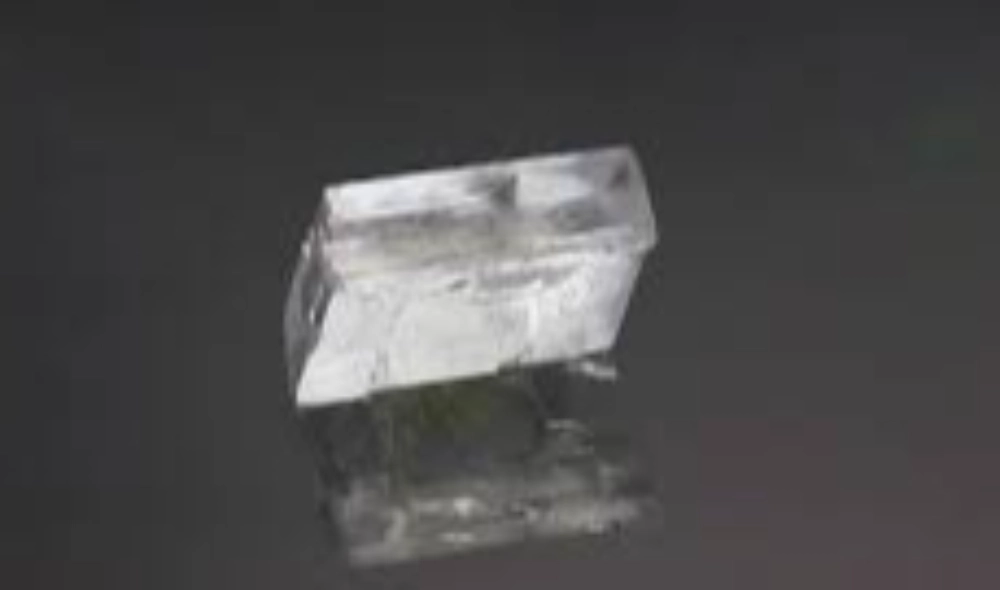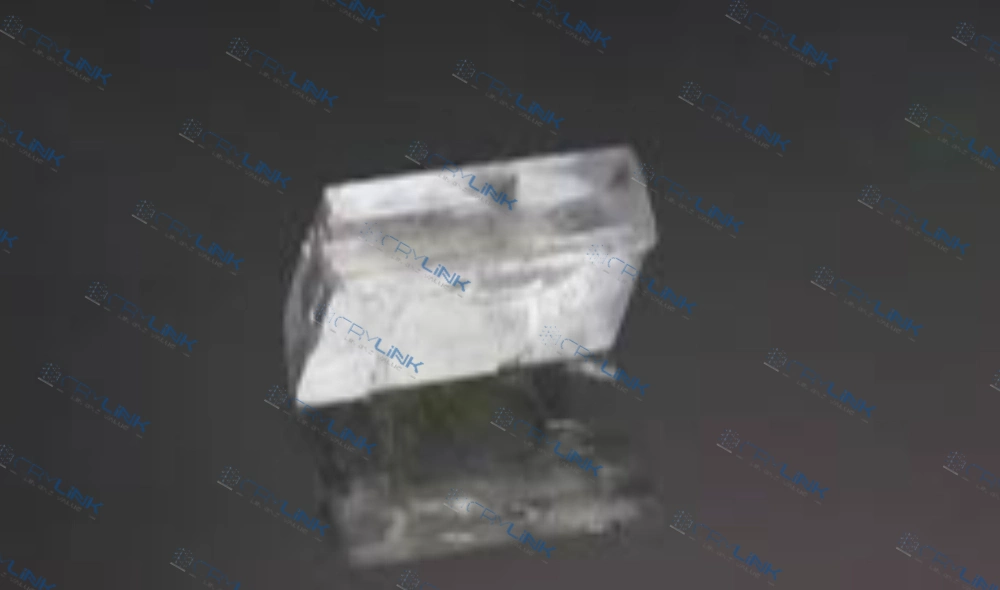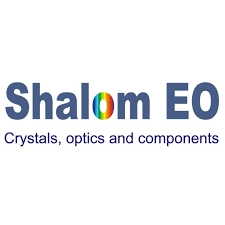Introduction
In the expansive realm of optical technology, KTP crystals stand out as a quintessential component, driving advancements in various fields. Known for its remarkable nonlinear optical properties, KTP (Potassium Titanyl Phosphate) crystal facilitates diverse applications, ranging from frequency doubling of laser sources to electro-optical modulations.
As the demand for precision and efficiency in optical systems escalates, the significance of KTP crystals and their quality burgeons. Herein, we not only explore the essence and future trajectory of KTP crystal technology but also unveil eight renowned producers who are at the forefront of supplying these pivotal materials to the industry.
The Crux of KTP Crystal Technology
The allure of KTP crystal lies in its ability to efficiently convert laser frequencies, making it a linchpin in modern laser systems. Moreover, its broad transparency range and high damage threshold render it a robust candidate for various optical applications. As we venture into a future where the intersection of optical and digital technologies beckons innovative solutions, the relevance of KTP crystals is poised to soar.
Spotlight: Eight Leading KTP Crystal Producers
As the backbone of numerous optical systems, the production of KTP crystals is a meticulous endeavor. Below, we spotlight eight eminent KTP crystal producers, shedding light on their geographical location, historical evolution, and the unique strengths and challenges they bring to the table.
The 5 largest KTP crystal manufacturers are listed below (in no particular order)

1.CRYLINK
CRYLINK, established in 2014 and incubated by Nanjing Advanced Laser Technology Research Institute, is a high-tech company specializing in laser technology. The firm focuses on the R&D and manufacturing of laser components including laser crystals, laser optics, and laser devices.

One of CRYLINK’s notable products is the KTP (Potassium Titanyl Phosphate) crystal, renowned for its excellent nonlinear and electro-optical properties. Specifically known as KTiOPO4, KTP crystal stands out for its high nonlinear coefficient, which is about 15 times that of KDP (Potassium Dihydrogen Phosphate) crystals, and its high thermal conductivity, double that of BDN (Barium Sodium Niobate) crystals. It also boasts a wide range of allowable temperature matching and angle matching, making it a versatile choice for various laser technology applications.

The KTP crystal plays a critical role in green laser technology, acting as a nonlinear optical component that enables frequency conversion essential for generating a green laser. This quality showcases KTP’s significance in expanding the capabilities of laser technologies.
Furthermore, CRYLINK offers a variant known as HGTR-KTP (Highly Gray Trace Resistant KTP) crystal, which exhibits superior nonlinear optical properties, gray trace resistance, and light damage resistance, thereby exhibiting stable chemical and mechanical properties. This variant demonstrates the company’s commitment to advancing laser technology by enhancing the performance and reliability of their crystal products.
CRYLINK’s expertise in laser technology, coupled with its innovative products like KTP crystals, places it at the forefront of advancing laser applications, ensuring reliable and high-performance solutions for a myriad of laser technology demands.
2.CASTECH

CASTECH, a reputable company in the photonics industry, offers KTP (Potassium Titanyl Phosphate) crystals known for their significant properties and applications in laser technology. The KTP crystals provided by CASTECH are notable for their strict quality control, with a large crystal size availability of up to 20x20x40mm³ and a maximum length of 60mm. They promise a quick delivery timeline, with a two-week window for polished crystals and three weeks for coated ones. Additionally, they offer unbeatable price points and quantity discounts alongside technical support, AR-coating, mounting, and re-polishing services for their KTP crystals1.
Moreover, CASTECH has developed a variant known as GTR-KTP (Gray-Track Resistance KTP). This variant is identified for its lower absorption, particularly in the range of 350-550 nm, when compared to conventional KTP crystals. The GTR-KTP is also expected to have a higher gray tracking resistance than the regular flux grown KTP crystals, and is offered in large crystal sizes of up to 7 × 7 × 20 mm, adhering to strict quality control measures.
The KTP crystals from CASTECH are widely utilized in various commercial and military laser applications. These applications span across laboratory and medical systems, range-finders, LIDAR, optical communication, and industrial systems, showcasing the versatility and significance of KTP crystals in modern laser technologies.
CASTECH’s commitment to providing high-quality KTP crystals is further highlighted in their product listings, ensuring that customers have access to detailed information and competitive pricing for their KTP crystal offerings.
3.Cristal Laser
Cristal Laser, a European manufacturer specializing in non-linear crystals based in Nancy, France, is known for its extensive experience of over 30 years in the field. They provide a variety of superior quality crystals such as LBO, KTP, RTP Q-switches, and KTA which find applications in laser technologies including frequency conversion and electro-optics Pockels cells, pulse pickers, and modulators.

One of the noteworthy products by Cristal Laser is the KTP (Potassium Titanyl Phosphate) crystal. It stands out as an excellent yet affordable non-linear crystal offering several unique features including high non-linearity, a small walk-off angle in the XY plane with NCPM OPO for a 1.57µm signal, and large temperature acceptance. KTP crystals are commonly utilized as a harmonic generator for 1064nm/532nm or as an OPO gain medium for eye-safe emission. Cristal Laser has supplied thousands of high-quality OPO KTP crystals used in eye-safe range-finders globally.
Cristal Laser’s KTP crystals are distinguished by their low bulk absorption rate of 100ppm/cm at 1064nm, a high damage threshold of AR-coatings (>10J/cm² at 1064nm for 10ns pulses), and availability in anti-grey-track KTP. Moreover, they guarantee non-linear optical homogeneity for their OPO KTP crystals, thanks to a dedicated test bed. They also offer OPO mirror coatings on KTP parts (monolithic OPO).
Additionally, the company has been recognized for making advancements in crystal growth, enabling the availability of large KTP crystal boules which are considered for frequency conversion of multi-Joule laser beams. They have also provided antireflection-coated KTP frequency doublers to the Alisé facility, showcasing their contributions to enhancing frequency doubling technology.
4.EKSMA Optics

EKSMA Optics is known for providing KTP (Potassium Titanyl Phosphate) crystals, denoted as KTiOPO₄, which are recognized for their excellent nonlinear, electro-optical, and acousto-optical properties. These crystals are well-regarded in the photonics industry for a variety of advantageous features:
- Nonlinear Optical Properties: KTP crystals exhibit high nonlinear coefficients, making them highly effective for frequency conversion applications such as second harmonic generation (SHG), or generating green light from a fundamental infrared wavelength.
- Wide Transparency Range and Broad Angular Acceptance: These crystals have a wide transparency range and broad angular acceptance. This feature makes KTP crystals very attractive for different nonlinear optical and waveguide applications, as it allows for a broad range of input wavelengths and incident angles without losing the desired nonlinear optical effects.
- Thermal Acceptance: KTP crystals possess broad thermal acceptance, which is beneficial in applications where temperature fluctuations are a concern. This characteristic ensures the stability of the crystal’s performance across a range of operating temperatures.
- Pricing and Quantity Discounts: EKSMA Optics offers these crystals starting from $123 with an estimated delivery time of 4 – 5 days. They also provide quantity discounts of 5% off for 5-9 pieces and 10% off for 10 or more pieces.
These features make KTP crystals from EKSMA Optics a reliable choice for various laser and photonics applications, especially in scenarios requiring efficient nonlinear optical processes or operations in varying temperature conditions.
5.Hangzhou Shalom EO

Hangzhou Shalom EO is a supplier of Potassium Titanyl Phosphate (KTiOPO₄ or KTP) crystals, which are highly regarded for their nonlinear optical properties. Here’s a detailed description of their KTP crystals and the variants they offer:
- Nonlinear Optical Properties:
- Hangzhou Shalom EO’s KTP crystals are known for their high damage thresholds and nonlinear coefficients, making them suitable for a variety of laser applications such as Second Harmonic Generation (SHG) at 1064nm, Optical Parametric Oscillation (OPO), Optical Parametric Amplification (OPA), Optical Parametric Generation (OPG), and Waveguides.
- These crystals are employed in frequency conversion processes like Second Harmonic Generation (SHG), Third Harmonic Generation (THG), Fourth Harmonic Generation (FHG), as well as in Optical Parametric Oscillation (OPO) and Electro-Optic (EO) Pockels cells or Q-switches elements in laser systems.
- Variants and Quality:
- Hangzhou Shalom EO provides both off-the-shelf and custom KTP Crystals, offering various coating options and rigorous Quality Control (QC) inspection. They also provide a range of apertures values up to 40x40mm.
- The crystals offered have laser-grade polishing and coating, ready for laser system assembly.
- Gray Track Resistance:
- A notable variant they offer is the Hydrothermal-Grown KTP (HGTR-KTP) crystal, which is designed to resist gray track damage, a common issue with conventional flux-grown KTP crystals. HGTR-KTP crystals have a high damage threshold and high ability to resist gray track damage, making them extremely suitable for laser system applications requiring high power, high efficiency, and/or durability where regular flux-grown KTP crystals may suffer.
- Applications:
- HGTR-KTP crystals are particularly suitable for making electro-optic devices due to their high resistivity and excellent properties, demonstrating their versatility in both laser and electro-optic applications.
Hangzhou Shalom EO’s KTP crystals and their variants like HGTR-KTP offer a blend of high-quality nonlinear optical properties and damage resistance, making them a reliable choice for a myriad of laser and electro-optic applications.
FAQs
- What sets KTP crystals apart in optical technology?
- KTP crystals are known for their remarkable nonlinear optical properties, crucial for frequency doubling of laser sources and electro-optical modulations.
- How is the future of KTP crystal technology perceived?
- With the intersection of optical and digital technologies, the relevance of KTP crystals is expected to soar, driving innovative solutions in various fields.
- What factors contribute to the reputation of a KTP crystal producer?
- Factors such as quality control, innovation, cost-effectiveness, and sustainability contribute to the reputation of a KTP crystal producer in the global market.
- How do geographical locations impact the KTP crystal producers?
- Geographical locations can impact the cost-effectiveness, accessibility to resources, and technological advancements available to KTP crystal producers.
- What role do these producers play in the advancement of optical systems?
- By supplying high-quality KTP crystals, these producers play a pivotal role in driving the advancements in optical systems, facilitating better and more efficient solutions.

Frank
Frank graduated from the University of Shanghai for Science and Technology, majoring in optics. As a technical engineer at Crylink Company, he deeply understands crystal materials and laser components.
Related Video(s) with this Article
Related Product(s) with this Article
Related Application(s) with this Article
